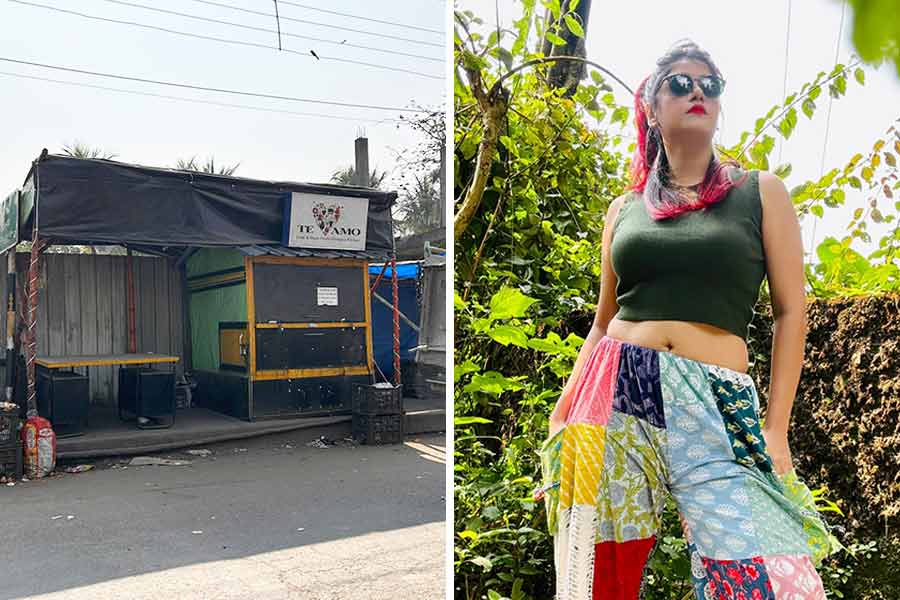Income and inequality in human development among the states is a major concern in India. In 1970-71, the per capita income of the poorest state, Bihar, was about 63% of the national average. After five decades, in 2020-21, Bihar remained the poorest state but its per capita income had fallen further to just about 33% of India’s per capita income. In the same year, Goa had a per capita income that was higher than the Indian average by 62%. In 2020-21, Goa’s per capita was more than three times the national average. In 1970-71, aside from Delhi, the richest states’ per capita incomes were roughly 2.5 times of those of the poorest states; now it is 10 times of those of the poorest states. Clearly, inter-state income inequality has increased substantially.
It is not just Bihar, Uttar Pradesh and Jharkhand that are falling behind. West Bengal’s per capita income was higher than the Indian average by about 15% in 1970-71 but it fell below the Indian average by about 18% in 2020-21. Assam’s per capita income was below the Indian average by about 10% in 1970-71 but has fallen to about 69% of the Indian average in 2020-21.
Concerns have also been expressed by the southern states in particular regarding the inclusion of population as a criterion for fiscal transfer fearing that the states that have done well in terms of population control would be penalised. The 15th Finance Commission has included a criterion on demographic performance. However, southern and western states are demanding the dilution of the income-distance criterion as well. If this is done, inter-state disparities will increase further. Moreover, fiscal transfer is not the only means through which resource transfers take place. The credit-deposit ratio of scheduled commercial banks was more than 75% in 2023, but the same for the eastern region was less than 50%; it was a lower 40% in the northeastern region. This indicates that resource transfers are taking place from eastern and northeastern states to other regions.
Given this situation, it is important to understand why the poorer states have not been able to catch up despite getting favourable treatment in the devolution of funds from the common tax pool. A state with low income has a lower capability when it comes to raising its own revenue as people spend a larger share of their income on food and other necessities — segments in which there is minimal scope for imposing taxes. Most states — Bihar is one example — pay salaries to their employees at rates that are higher than the market rate and are often beyond their capability.
The Common School System Commission constituted by the Bihar government to explore the possibility of providing free and compulsory school education to all children gave its report in 2007 but it could not be implemented as that would have meant that about half the state budget would have to be spent only on education. No wonder most schools in Bihar do not conform to the standards mandated by the Right to Education Act. Quality education is essential for the economic development of a state. But Bihar has found it difficult to ensure good education for all. The situation of the state’s healthcare infrastructure is similar.
It is becoming more difficult to make resources available to poorer states. India needs to reimagine the mechanism of fiscal transfer. One way out could be the Union government taking the financial responsibility for providing education and healthcare to all states even though the responsibility for implementing the same would lie with the states. There is also good reason for providing financial assistance to states for maintaining law and order without taking away their powers. India has been pursuing a policy of priority sector lending. Banks and financial institutions can thus be mandated to advance a minimum percentage of deposits collected from the states. Another equalising mechanism can be the prioritising of infrastructure like highways and railways in the backward states.
Financial devolution might have become a controversial issue unless the Centre takes up more financial responsibilities.
Nitya Nanda is Director, Council for Social Development, New Delhi











